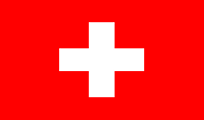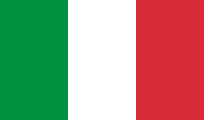World-famous – and yet down-to-earth
Domaine Trapet


For French winemaker Jean-Louis Trapet, terroir is paramount.
Domaine Jacques Prieur


Two passionate fans of quality with vines in the best locations on the road to success.
Domaines Famille Picard


Tradition and terroir are the two main assets of the Picards and their grapes.
La Chablisienne


The highest quality, which you can absolutely depend on – that’s a promise.
Domaine Henri Delagrange


Elaborately vinified «nobles cépages» of great elegance and renown.
The excellent Burgundy wines carry the name of the French wine-growing region throughout the world.
Burgundy is wine history in action. Archaeologists found the remnants of a vineyard from the first century BC in this wine region. In the Middle Ages, research and development around vines and wine was driven forward here like nowhere else in the world. The reason: Burgundy was home to important monasteries such as Cluny and Cîteaux. They not only needed wine for their own markets, but also sent missionaries – and with them vines – all over Europe. The monasteries quickly became the largest landowners in the region. But with the French Revolution in 1789, the church was expropriated, the land was divided up and further fragmented by inheritance. Even today, Burgundy is still a land of smallholder farmers – which gives it a particularly human touch. Some of the smaller plots only yield tiny quantities of grapes. Many wines are therefore bottled by trading houses instead of the winemakers themselves.
The stronghold of Pinot noir and Chardonnay
The Burgundy wine-growing region is located in the centre of France. It has around 50,000 hectares of vineyards and battles with a precarious climate. Spring frost and rain at harvest time can make life difficult for winemakers. The variations between vintages can sometimes be significant. Yet in good years, the great grapes turn out unrivalled. The range of grape varieties essentially consists of two grapes: the red Pinot noir and the white Chardonnay. Every now and then a little Gamay, Aligoté, Pinot blanc or Sauvignon blanc are added.
The most sought-after white wine in the world
The centrepiece of the Burgundy wine region is the Côte d’Or. It is divided into two parts: The Côte de Nuits is home to rare and famous red wines – such as the Grands Crus from the municipalities of Vosne-Romanée and Gevrey-Chambertin. The Côte de Beaune is home to some of the most sought-after white wines in the world. Here, the names of places such as Puligny-Montrachet and Meursault set the hearts of wine connoisseurs racing.
If you are looking for fruity wines for early consumption, you will find them in the Mâconnais and the Côte Chalonnaise. And finally, Burgundy also comprises two satellites: in the north, closer to Champagne than the rest of Bourgogne, lies Chablis, known for its crystal-clear, mineral Chardonnays. And in the far south, Beaujolais beckons visitors with cheerful Gamay wines.





Validate your login